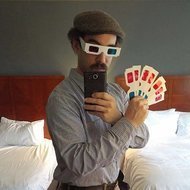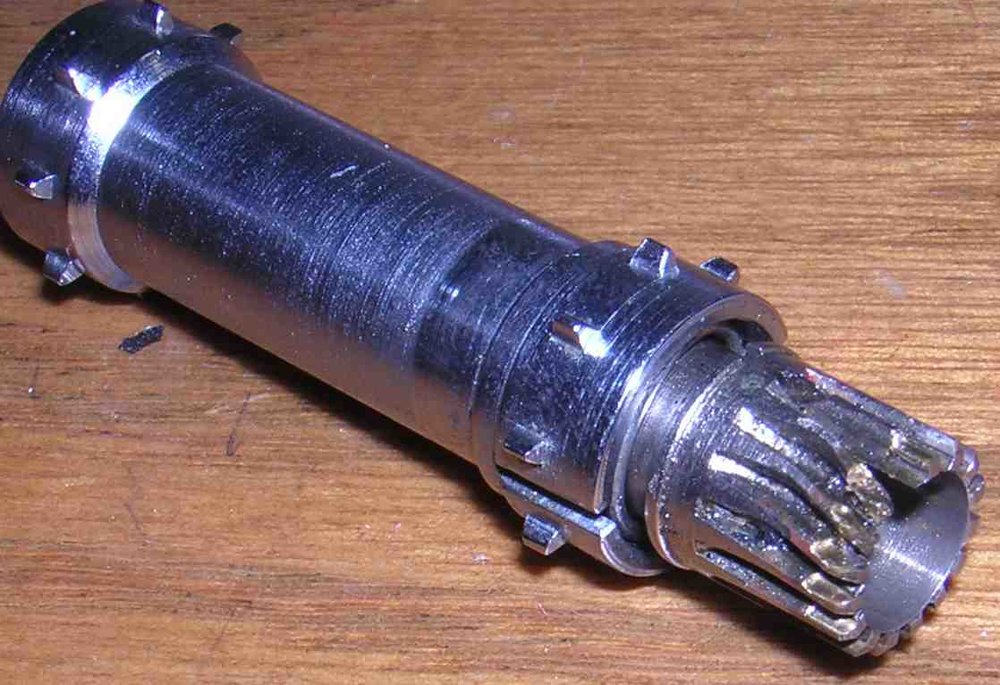
Henri Titchen
Basic Member-
Posts
131 -
Joined
-
Last visited
Profile Information
-
Occupation
Other
Recent Profile Visitors
3,871 profile views
-
A new book on the manufacture of film has been released. Looks very interesting. http://www.makingkodakfilm.com/ Cheers, H.
-
Hi, This is usually a job for a skilled technician. There are two aspects to test a lens, physical issues and optical issues.Simple tests however can be carried out photographing test charts. There are often use three pieces of equipment for optical testing of cine lenses. MTF tester Here is an example of an MTF tester used for testing PL mount lenses. http://www.keystone-intl.co.jp/contents/carlzeiss/tester/MTF_Tester_K9.pdf Lens Projector Here is an example of a lens projector used for testing PL mount lenses. http://www.chrosziel.com/data/chrosziel/produkte/documents/Projektion_E.pdf Collimator http://www.motionpicturecameras.net/MPCnet_Collimator_Colimador/Chrosziel_Collimator_Instruction_Manual.pdf http://www.chrosziel.com/data/chrosziel/produkte/documents/Kollimation_E.pdf Cheers.
-
Hong Kong & South East Asia film labs
Henri Titchen replied to chris descor's topic in Film Stocks & Processing
Dominic, yes you are correct, it is a definite risk. Some other risks worth considering are poor handling of the packages. Once I received film that had badly dented cans with some minor damage to stock inside. Posting/shipping in the heat of summer might result in the package sitting in the sun for hours....it can't be good for the film. H -
Hong Kong & South East Asia film labs
Henri Titchen replied to chris descor's topic in Film Stocks & Processing
Hi Chris, Your idea of using an asian lab is interesting. Some assorted points that "may" help with decision making. 1) Australian labs seem open to bargaining especially for students 2) Due to the current difference between the Aussie and NZ $ then Park Road Post and other NZ labs mentioned by Dominic Case may be a good choice. 3) I have posted low ASA stocks internationally with no apparent x-ray fogging. Make sure you don't send unprocessed stock via "surface mail" it may take 3mths to arrive. 4) I tried to use an asian lab but found that language was an issue. 5) The Aussie $ is very strong at the moment, (especially against the Euro). Might be worth looking at European labs. If you find a lab in Asia that you are happy with please let us know!! For short ends I would try the NSW shop called "The Stock Shop". They have a lot of 35mm....not sure about 16mm. H. -
The only Kodak sound negative films I have heard of are 2374 and 2378: http://motion.kodak.com/AU/en/motion/Produ...uction/2374.htm http://motion.kodak.com/AU/en/motion/Produ...uction/2378.htm These are both B&W process. Using D-97 developer. This means the lab processing sound negs needs to retain a B&W developing machine. H.
-
From my understanding most of the larger labs retain B&W processing machines as they are required extensively for developing optical soundtrack negatives.
-
Kristian, Camera and results look great. The water splash footage is nice. Which sprockets did you have to remove? Did you find it easy to get pin-out/wiring information for this camera? Thanks from, H.
-
Yes, these cameras IMHO when properly maintained with good lenses and a skilled operator are suitable for "big screen".
-
See attached photo from an eyemo I repaired. I don't know the cause. It shows how these gears can be damaged. I guess it was some sort of jam that damaged the gear.
-
Remember that a polyester (estar) film jam in a camera may strip gears. Acetate/tri-acetate tears more easily and is less likely to damage a camera. The gear at the base of the drive sprocket/s in my eyemo is brass. (Many of the other gears appear to be steel.)
-
Zeiss Factory Tour. http://www.fdtimes.com/articles/zeiss/ZEIS...ens_fdtimes.pdf Cooke Factory Tour http://www.fdtimes.com/articles/cooke/Cook...6_Web150dpi.pdf Angénieux Tour http://www.fdtimes.com/articles/angenieux/...tion-200dpi.pdf Cheers, H.
-
Double Eagle is another commonly used brand of carbons, they are used in lamp houses of cinema projectors. http://www.jackroeusa.com/Cinema-carbons.html Cheers, H.
-
35mm Motion Picture vs DSLR Timelapse
Henri Titchen replied to Tim Carroll's topic in Visual Effects Cinematography
I am a big fan of film however this is one application in which digital SLRs IMHO generally win against 35mm film. 1) Resolution of the new digital SLRs is incredible, as are ISO ratings! E.g. Variable ISO from 100 to 102,400. (Fewer problems in dim light). 2) No registration issues, image is as steady as the support. No need for pin registered film SLR or modified motion picture camera. 3) No problems with ageing filmstock in the magazine on long takes or in warm conditions 4) Digital SLRs are small and easy to mount. 5) Digital SLRs are cheap compared to many of the alternatives. From my understanding not much stop motion uses film any more. Digital SLRs are more commonly used. This is a similar application to timelapse. Take a look at the wonderful digital SLR results in the following BBC clip (not posted by me). http://www.youtube.com/watch?v=aCyoqaM_4sM Cheers, H. PS: I have a single frame capable eyemo :-) -
Glenn, Could you please post some photos. If they are difficult to upload you can put them on Flickr of Photobucket etc. I'd like to copy your success. Thanks From, H.



